Volkswagen's Making Big Promises About Electric Vehicles and the Energy Grid

Volkswagen Group’s transition toward electric vehicles has been no secret. Since getting busted with software designed to defeat emissions testing five years ago, the manufacturer has trumpeted the merits of electrification at every opportunity. Still, some continue to wonder how an EV-dominant world will work, expressing concerns that peak charging hours could stress national energy grids past the breaking point.
One proposed solution is to use the connectivity available in modern cars to take power from the grid only when surplus energy is available, while feeding electricity back into it during peak draw hours. Michael Jost, VW’s head of product strategy, said this was something the automaker has been working on.
According to Reuters, Volkswagen wants to lean into bilateral charging to use vehicle batteries as a secondary storage space. Basically, you would charge your car during the day (when solar energy is available) and share excess power back into the grid in the evenings (when demand is highest and renewable energy isn’t).
“By 2025 we will have 350 gigawatt hours worth of energy storage at our disposal through our electric car fleet. Between 2025 and 2030 this will grow to 1 terawatt hours worth of storage,” Jost explained. “That’s more energy than is currently generated by all the hydroelectric power stations in the world. We can guarantee that energy will be used and stored and this will be a new area of business.”
Reuters noted that Germany’s E.ON has been working with Japanese carmaker Nissan to develop “so-called vehicle-to-grid (V2G) services,” as well. In fact, Nissan already allows owners to share energy via the Leaf, though customers are required to own a home-charging system that allows for this. Tesla also has its Powerwall/Powerpack systems that manage the best time to take and share energy, however, neither pull any electrons from the car’s battery.
Volkswagen could sell this as an option or simply charge a fee for the service, sharing any energy savings generated with the customer. Still, it’s not clear how the program will actually work. Jost never indicated that VW’s charging stations would be equipped for bilateral charging (though that would make sense), just that future automobiles would support it. Like so many updates on the industry’s latest technology, it’s a little vague for our tastes.
Last week, Jost was busy talking up a new software-based vehicle operating system intended to launch with the Euro-market ID.3 electric car later this year. The OS is supposed to continuously work with an array of on-board sensors to amass data the company can learn from to promote safety — supposedly ending all accidents by 2050. While this automatically gets our dander up about customer data privacy, it’s also woefully incomplete in concept. Automakers rarely explain how this stuff is supposed to work but are keen to suggest the end justifies the means. This is all being done in the service of safety or to help companies metamorphose into their perfect form — why and how are irrelevant. It just needs to be done swiftly, surrounded by buzz phrases.
“How quickly can data and algorithms improve? Our customers should benefit from deep learning every week, and every day. We are moving from being a device company to being a software company,” Jost said about the operating system.
The V2G battery system seems a little more grounded, with obvious practical applications. But we’ll need a clearer battle plan from VW before we start taking it completely seriously — even if there is a solid business case to be made. Too much of this tech talk is front-loaded, jumping straight from the initial concept to profit (à la the Underpants Gnomes from South Park). It would be nice to spend a little time with step two before deciding what value it actually possesses.
[Image: nrqemi/Shutterstock]

A staunch consumer advocate tracking industry trends and regulation. Before joining TTAC, Matt spent a decade working for marketing and research firms based in NYC. Clients included several of the world’s largest automakers, global tire brands, and aftermarket part suppliers. Dissatisfied with the corporate world and resentful of having to wear suits everyday, he pivoted to writing about cars. Since then, that man has become an ardent supporter of the right-to-repair movement, been interviewed on the auto industry by national radio broadcasts, driven more rental cars than anyone ever should, participated in amateur rallying events, and received the requisite minimum training as sanctioned by the SCCA. Handy with a wrench, Matt grew up surrounded by Detroit auto workers and managed to get a pizza delivery job before he was legally eligible. He later found himself driving box trucks through Manhattan, guaranteeing future sympathy for actual truckers. He continues to conduct research pertaining to the automotive sector as an independent contractor and has since moved back to his native Michigan, closer to where the cars are born. A contrarian, Matt claims to prefer understeer — stating that front and all-wheel drive vehicles cater best to his driving style.
More by Matt Posky
Latest Car Reviews
Read moreLatest Product Reviews
Read moreRecent Comments
- Turbo Is Black Magic My wife had one of these back in 06, did a ton of work to it… supercharger, full exhaust, full suspension.. it was a blast to drive even though it was still hilariously slow. Great for drive in nights, open the hatch fold the seats flat and just relax.Also this thing is a great example of how far we have come in crash safety even since just 2005… go look at these old crash tests now and I cringe at what a modern electric tank would do to this thing.
- MaintenanceCosts Whenever the topic of the xB comes up…Me: "The style is fun. The combination of the box shape and the aggressive detailing is very JDM."Wife: "Those are ghetto."Me: "They're smaller than a Corolla outside and have the space of a RAV4 inside."Wife: "Those are ghetto."Me: "They're kind of fun to drive with a stick."Wife: "Those are ghetto."It's one of a few cars (including its fellow box, the Ford Flex) on which we will just never see eye to eye.
- Oberkanone The alternative is a more expensive SUV. Yes, it will be missed.
- Ajla I did like this one.
- Zerofoo No, I won't miss this Chevrolet Malibu. It's a completely forgettable car. Who in their right mind would choose this over a V8 powered charger at the rental counter? Even the V6 charger is a far better drive.
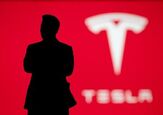
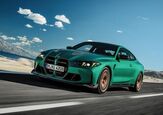

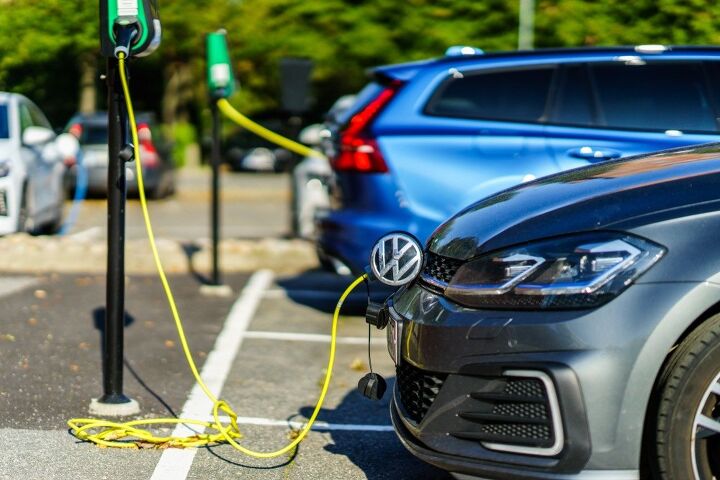












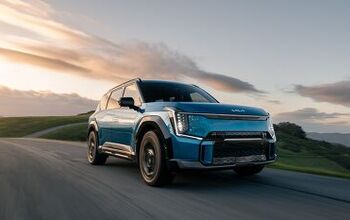
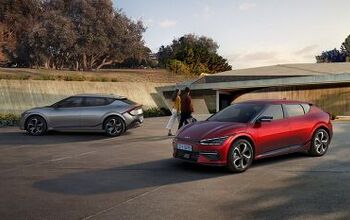
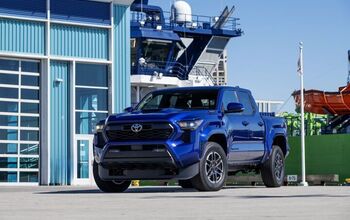
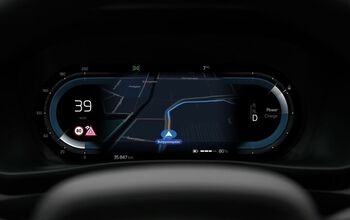
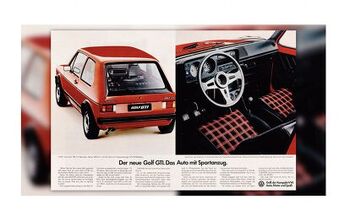
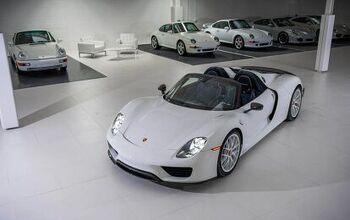
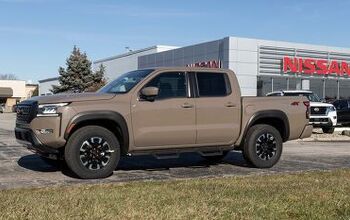

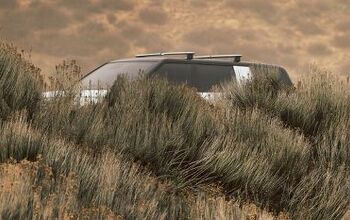
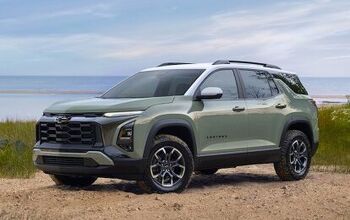
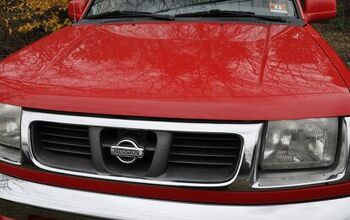
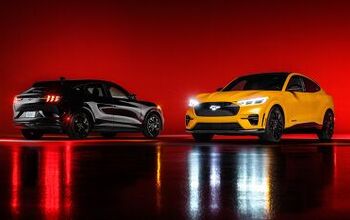

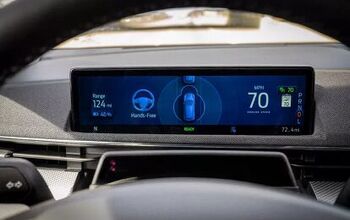
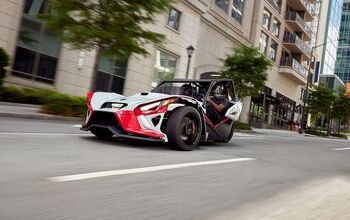
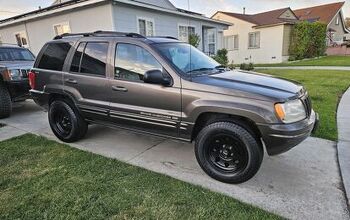
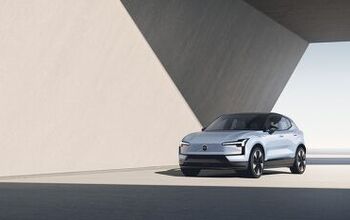
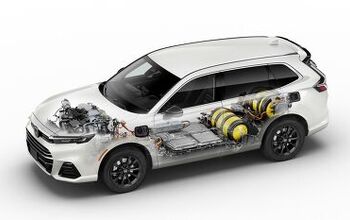
Comments
Join the conversation
The ability to power the house from the vehicle (available in Japan) would be very nice to have. I would use it maybe an average of 4 hours a year [based on my typical frequency of power outages] to power 'critical' systems (fridge, freezer, internet) [but more some years and thus useful]. As far as V2G, my power utility killed the financial incentive for this for now. There is probably a 'dumb' way to share power (deep discharges, additional 'wear' on the battery pack) and a 'smarter' way (top-off, cell rebalancing).
Okay, how about this: I charge my Tesla at work for free and use this energy at home when come back from work.